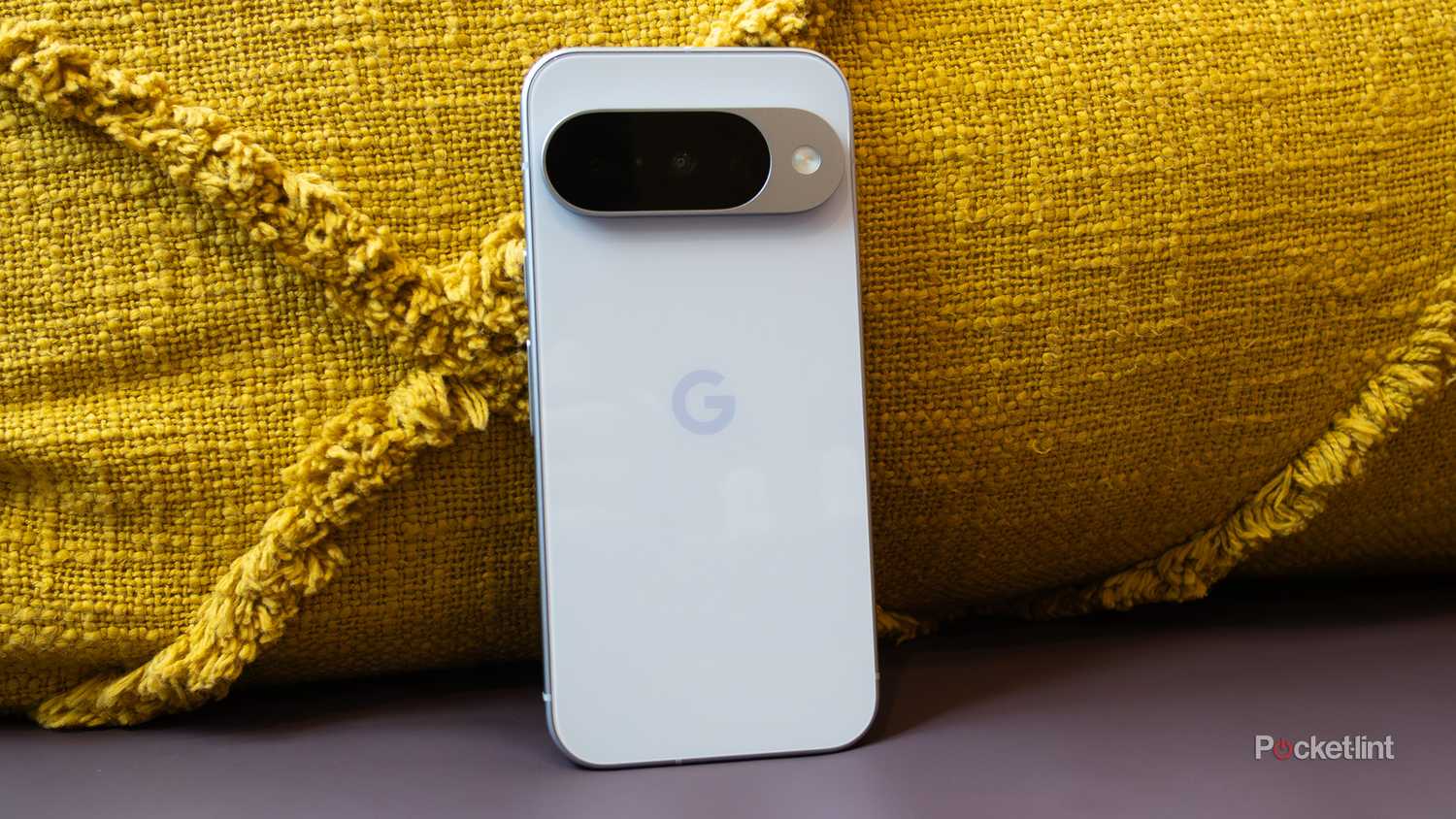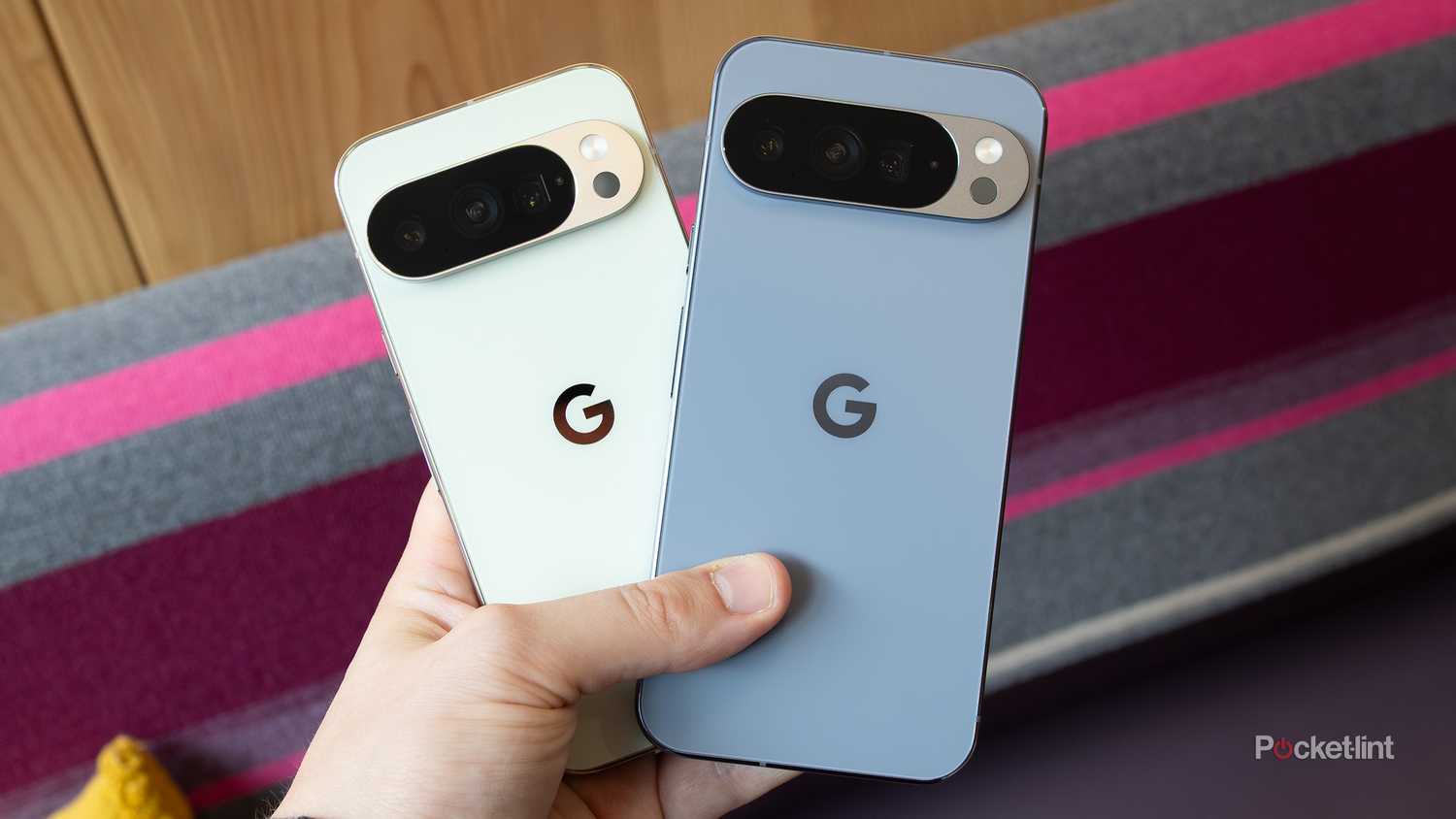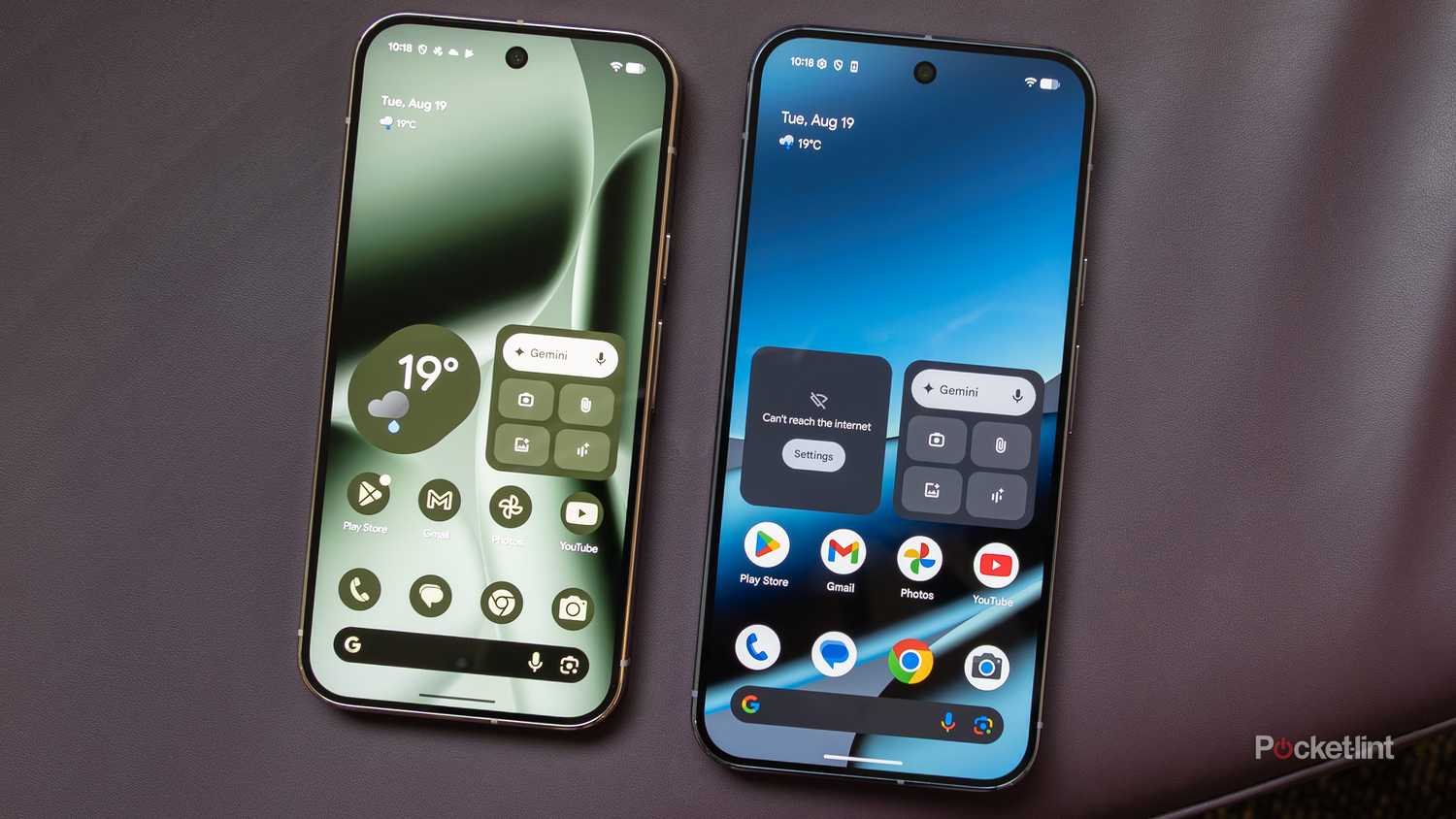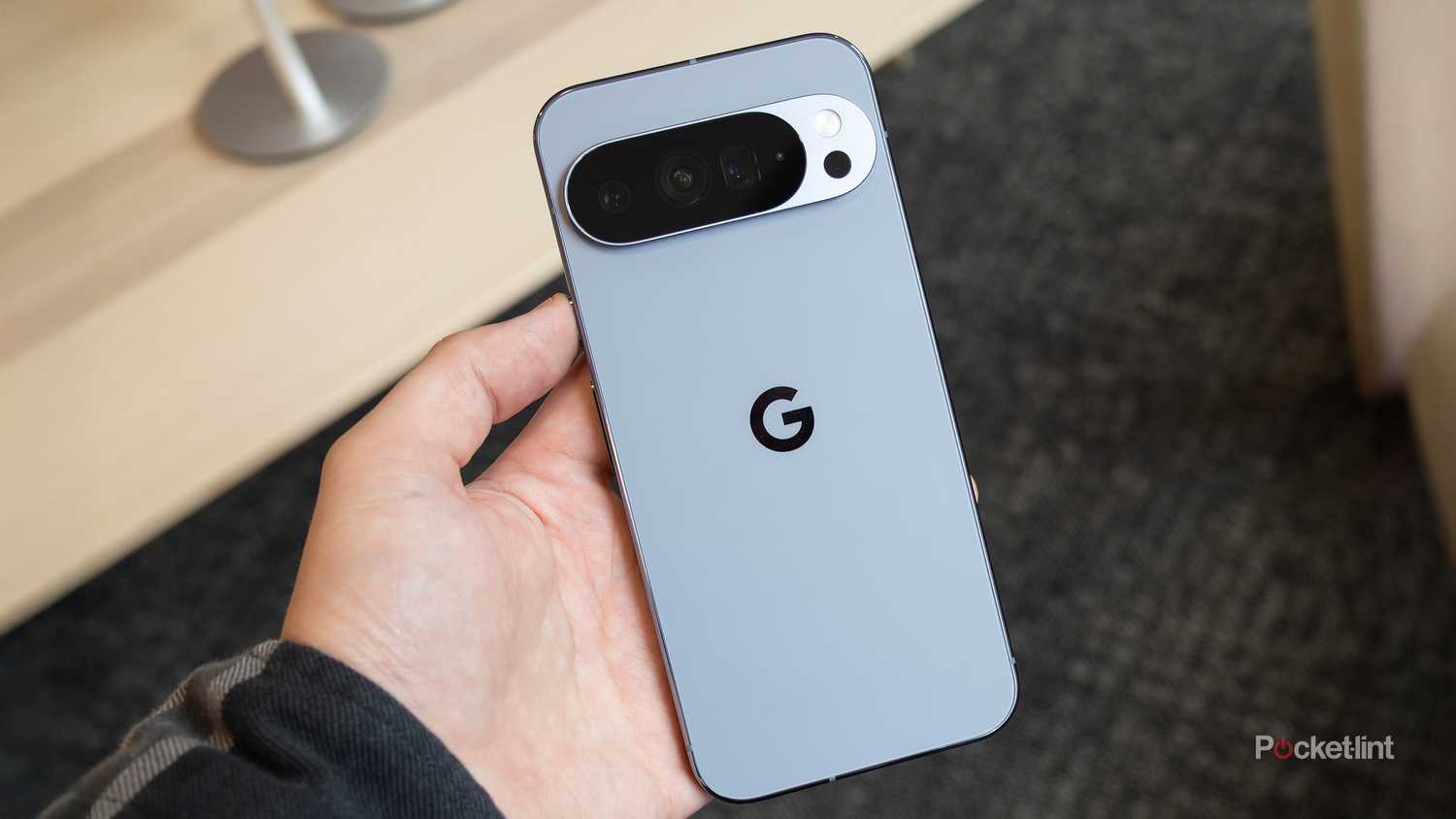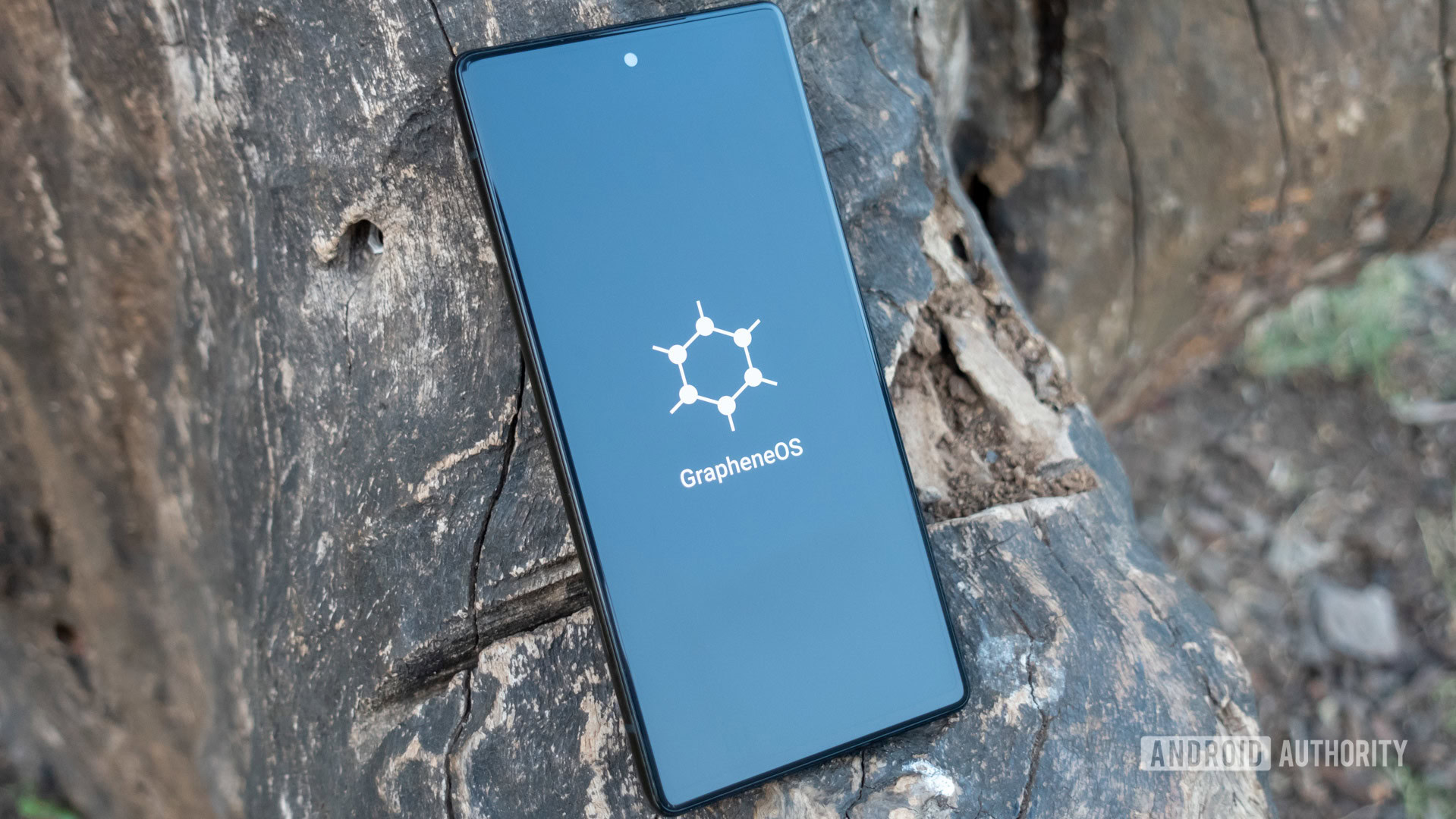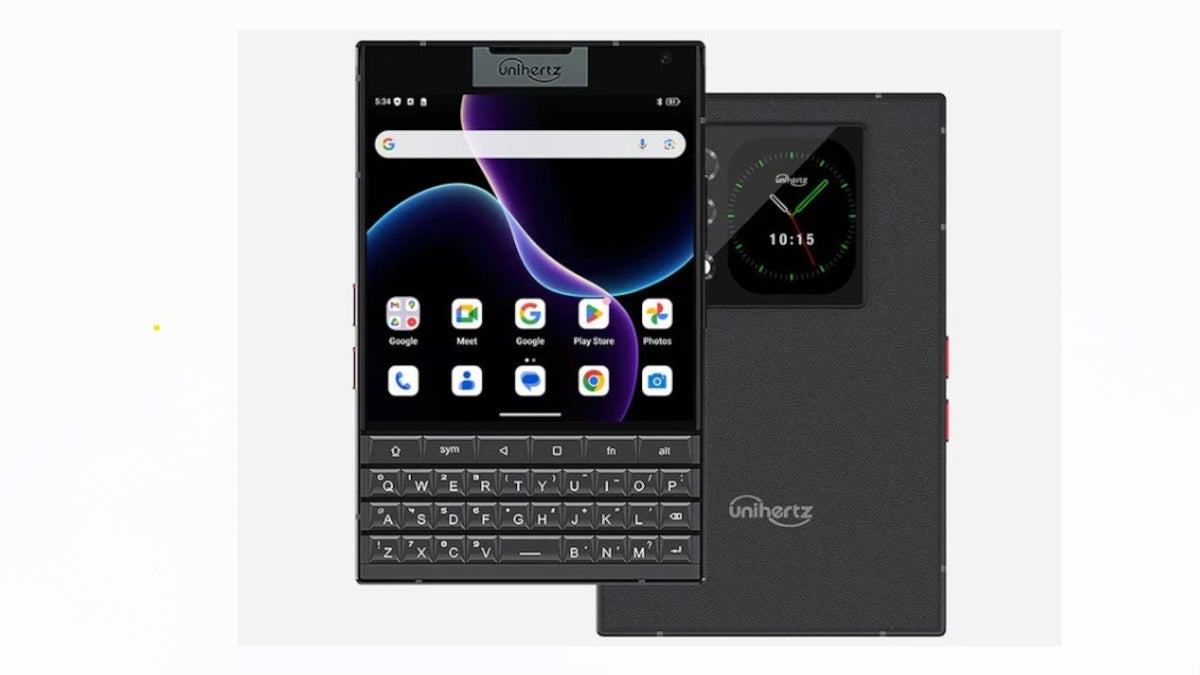Summary
- The Pixel 10 offers great value with a new triple-rear camera setup and maintains a similar design.
- Also, the Pixel 10 Pro and Pro XL remain identical to their predecessors but boast new AI features and hardware upgrades.
- The new series introduces AI features like Magic Cue, Camera Coach, and improved stabilization.
Like clockwork, Google is back with the Pixel 10 series, and similar to years past — with the Pixel 9 line’s redesign being the key exception — most of the upgrades this time around are under the hood.
From a design perspective, the Pixel 10, Pixel 10 Pro, and Pixel 10 Pro XL look identical to last year’s devices, apart from a few new colors (you could also make the same argument about the Pixel 10 Pro Fold). Google has definitely adopted the “if it’s not broken, don’t fix it” philosophy when it comes to the Pixel 10 line, which isn’t necessarily a bad thing. That said, if you were hoping this would be a notable upgrade year, you’ll be disappointed with the Pixel 10 line.
The Pixel 10 is poised to offer the best smartphone value around this year
Last year’s Pixel 9 was already great, and this year’s base Pixel builds on that
The most interesting in the series this year is the Pixel 10, thanks to its new triple-rear camera setup. Last year, the Pixel 9 was the phone most Android users should buy, and the Pixel 10 kicks that argument up a few notches now that it features a f/3.1 10.8-megapixel telephoto lens, alongside its main f/1.7 48-megapixel and f/2.2 13-megapixel ultrawide.
I haven’t tested the camera’s performance thoroughly yet, but if it comes close to matching the Pixel 10 Pro and Pixel 10 Pro XL, it’s poised to offer some of the best smartphone value out there and have a distinct advantage over the single-lens iPhone 16e. I’ve always argued that being able to get closer to a subject, regardless of what you’re shooting, is far more useful than a wider frame.
Other behind-the-scenes improvements include Google’s Tensor G5 chip, just like the rest of the Pixel 10 line, alongside a screen that’s capable of 3,000 nits of peak brightness, an increase from the Pixel 9’s 2,700 nits. In my brief hands-on time with the phone, did I notice a big screen difference? Not really, but that could change when I more thoroughly test the phone and take it outside. I’ll also need to run benchmarks on the G5 to see how it compares to the G4.

- Brand
-
Google
- SoC
-
Tensor G5
- Display
-
6.3-inch Actua Display 1080 x 2424 pixel resolution OLED (60-120Hz)
- RAM
-
12GB
- Storage
-
128GB/256GB
- Battery
-
4,970mAh
Google’s Pixel 10 features the tech giant’s new Tensor G5 chip and a three-camera setup for the first time that includes a 10.8-megapixel telephoto camera.
The battery has also been upgraded to 4,970mAh compared to last year’s 4,700, so the phone should offer better battery life. Most of the Pixel 10’s other key specs, including its 6.3-inch 1080 x 2424 pixel resolution OLED (422ppi) (60-120Hz) Actua Display, 12GB of RAM, and 128GB/256GB of storage, remain the same as last year’s Pixel 9.
Circling back to the design, the Pixel 10 looks identical to the Pixel 9, including its matte-colored sides and, unfortunately, its glossy back. I’d prefer if both the rear and the sides of the phone were matte since it looks more refined, sleeker, and repels dust and smudges better.
The sizeable camera bump returns, too, so if you weren’t a fan of it last year, you also won’t be fond of its imposing presence now. I still like the look and feel that it gives the phone a unique look that stands out (at least until the reportedly very similar-looking iPhone 17 arrives in a few weeks). It’s worth noting that I really like the new lemongrass color — it just pops in a way that so few smartphone colorways do.
Qi2 Pixelsnap wireless charging is also available on the base Pixel 10, alongside several new AI features (more on this later). The Pixel 10 starts at $799 in the USD/$1,099 CAD, and is available in obsidian, indigo, frost, and lemongrass.
The Pixel 10 Pro and Pixel 10 Pro XL are back… and very familiar
The return of the king
Like the base Pixel, the Pixel 10 Pro and Pixel 10 Pro XL look identical to their predecessors, including their glossy sides and matte back. Why Google hasn’t opted for an all-around matte look with its high-end phone, I’ll never understand (the Pixel 10’s matte sides look far more refined). The sizable camera bump returns, too.
Hardware upgrades include the Tensor G5 and a display that can hit 3,300 nits of peak brightness, an increase from 3,000 nits. Unlike the Pixel 10, I noticed the difference in brightness almost immediately with the Pixel 10 Pro. The 6.3-inch 1,280 x 2,856 pixel resolution (495ppi) OLED 1-120Hz Super Actua screen on the Pixel 9 Pro, and the 6.8-inch 1,344 x 2,992 pixel resolution (486ppi) OLED 1-120Hz Super Actual display, both look great and are identical to last year beyond the brightness bump. I still prefer the 6.3-inch Pixel 10 Pro to the 6.8-inch Pixel 10 Pro XL — it’s just more comfortable to hold in one hand.
-
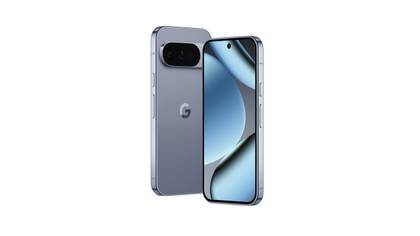
- Brand
-
Google
- SoC
-
Tensor G5
- Display
-
6.3-inch Super Actua display 1280 x 2856 pixel resolution OLED (1-120Hz)
- RAM
-
16GB
- Storage
-
128GB, 256GB, 512GB, 1TB
- Battery
-
4,870mAh, 30+ hours of battery life
The Pixel 10 Pro features Google’s new Tensor G5 chip, 16GB of RAM, and 128GB, 256GB, 512GB or 1TB of storage. The smartphone’s overall design looks very similar to its predecessor, including its sprawling camera bump.
-
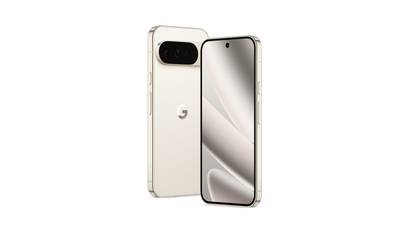
- Brand
-
Google
- SoC
-
Tensor G5
- Display
-
6.8-inch Super Actua display 1344 x 2992 pixel resolution OLED (1-120Hz)
- RAM
-
16GB
- Storage
-
256GB, 512GB, 1TB
- Battery
-
5,200mAh, 30+ hours of battery life
The 6.8-inch Pixel 10 XL features the same specs as the Pixel 10, including Google’s Tensor G5 chip, 16GB of RAM, and a suite of Gemini AI-powered features.
Google says that the Pixel 10 Pro and Pixel 10 Pro XL are more durable this year, but that’s a claim I’ll need to put to the test over the next few months (though, I always put my phones in cases anyway). RAM comes in at 16GB again, alongside 128GB, 256GB, 512GB, and 1TB of storage options. There are minor battery size increases this year at 4,870 and 5,200, respectively, for the Pixel 10 Pro and Pixel 10 Pro XL, an increase from 4,700 mAh and 5,060 mAh, with the Pixel 9 Pro and Pixel 9 Pro XL. I doubt this will make a substantial difference in battery life, but it’s still worth noting.
On the camera front, specs also remain identical, with a f/1.68 50-megapixel wide, a f/1.7 48-megapixel ultrawide, and a f/2.8 48-megapixel telephoto.
The front camera is also still a f/2.2 42-megapixel shooter. New this year is Pro Res Zoom up to 100x, which, again, I didn’t get to try for myself. I watched a demo of it in action, and it seems impressive, but I’ll need to put it through its paces. The same can be said about the improved stabilization with Video Boost.
It sounds like an AI dream, so I’m hoping it’s as useful as it seems.
Of course, there’s also a slew of AI features this time around, including Magic Cue, which utilizes Gemini to find what you want as you need it, all with context in mind. In a way, it sort of feels like AI-powered auto-complete for your life. For example, it can pull your flight details into a conversation you’re having with your friend about travel plans. I didn’t get the chance to try it myself, but it was impressive.
It sounds like an AI dream, so I’m hoping it’s as useful as it seems. There’s also Camera Coach, which offers photo-snapping tips like better angles and lighting. I watched a demo of this feature in action, and it seems kind of silly, but it might be useful if you’re trying to up your photography game. I’ll need to try it myself before passing final judgment. Auto Best Take, another new AI feature, automatically finds and combines similar photos to create a single photo that combines all the subjects.
Some of these AI features sound kind of wild, and in my hands-on demo, I wasn’t able to try them for myself. With a few exceptions, like the Screenshots app and Magic Eraser, I’ve mostly ignored Gemini on the Pixel 9 Pro, and I’m not sure if that will change with the Pixel 10’s AI features.
I really like MagSafe with my iPhone 16 Pro (I’ll never give up my MagSafe PopSocket), so it’s great to see Qi2 finally make its way to an Android device in the form of PixelSnap on the Pixel 10 series. I played around with the PixelSnap Charger with Stand ($99) a bit at the hands-on event, and it feels and looks almost exactly like Apple’s MagSafe puck, which definitely isn’t a bad thing. I didn’t get a chance to try the new PixelSnap phone cases, but I’m looking forward to checking them out when I get my hands on a review device.
I only spent a brief period of time with Google’s Pixel 10 lineup, but I walked away impressed. The smartphones look and feel like last year’s devices, but there are marginal upgrades on the inside. This means that if you already own a Pixel 9 or Pixel 9 Pro, you might not feel the need to upgrade this year, even if you’re a diehard Pixel user. On the other hand, if you’re using an older Pixel device and think the Pixel 10 series’ new AI features sound useful, it could be worth picking up.
I’ll have more on the Pixel 10, Pixel 10 Pro, and Pixel 10 Pro XL in the coming days. The Pixel 10 Pro and Pixel 10 Pro XL cost $1,100 USD/$1,349 CAD and $1,200 USD/$1,629, respectively, and are available in obsidian, moonstone, porcelain, and jade, on August 28.

